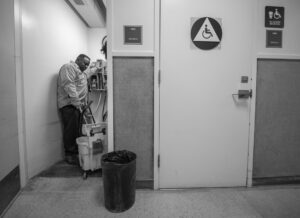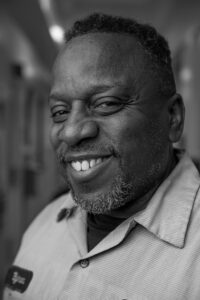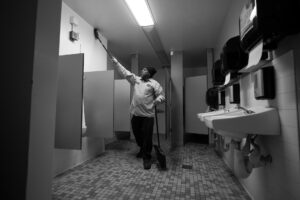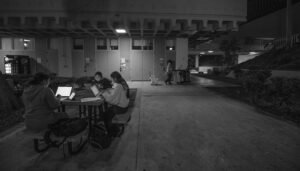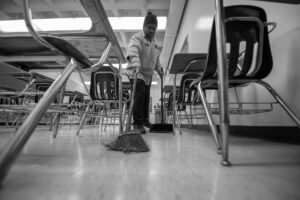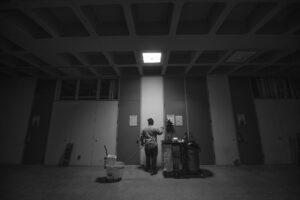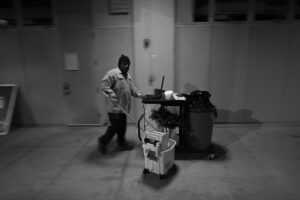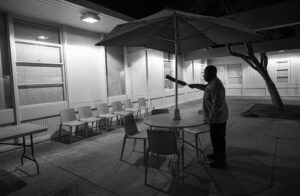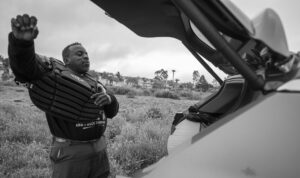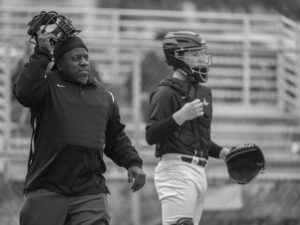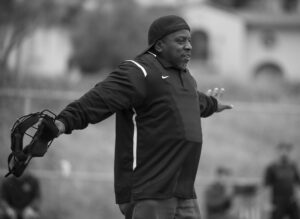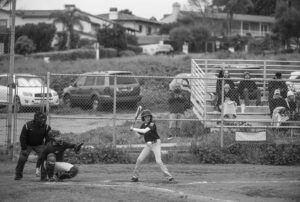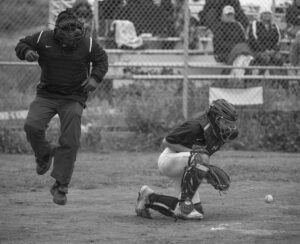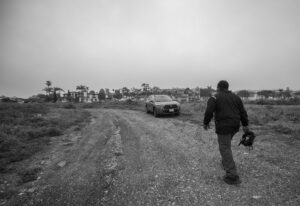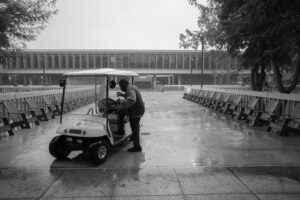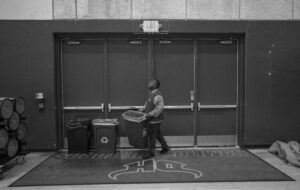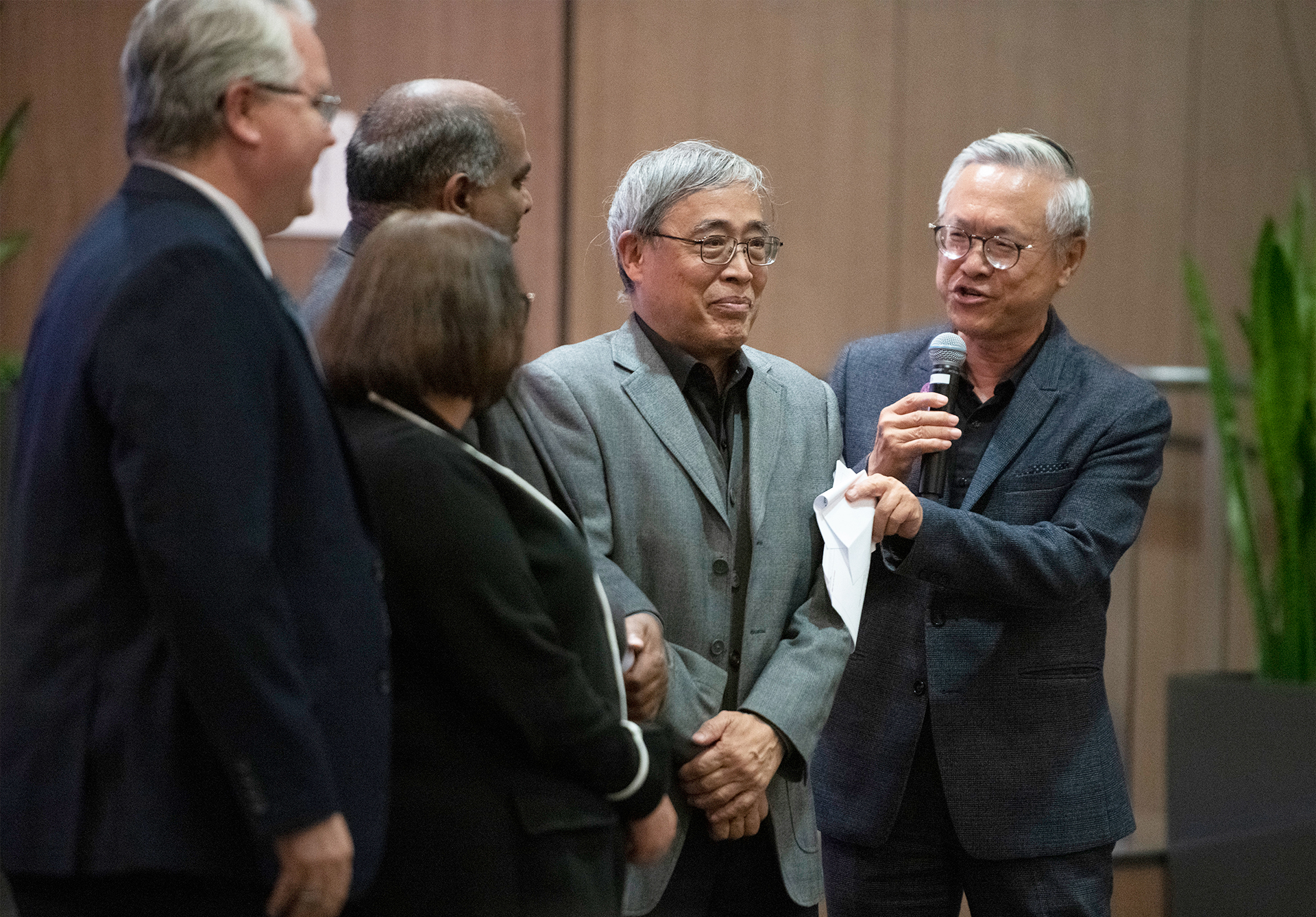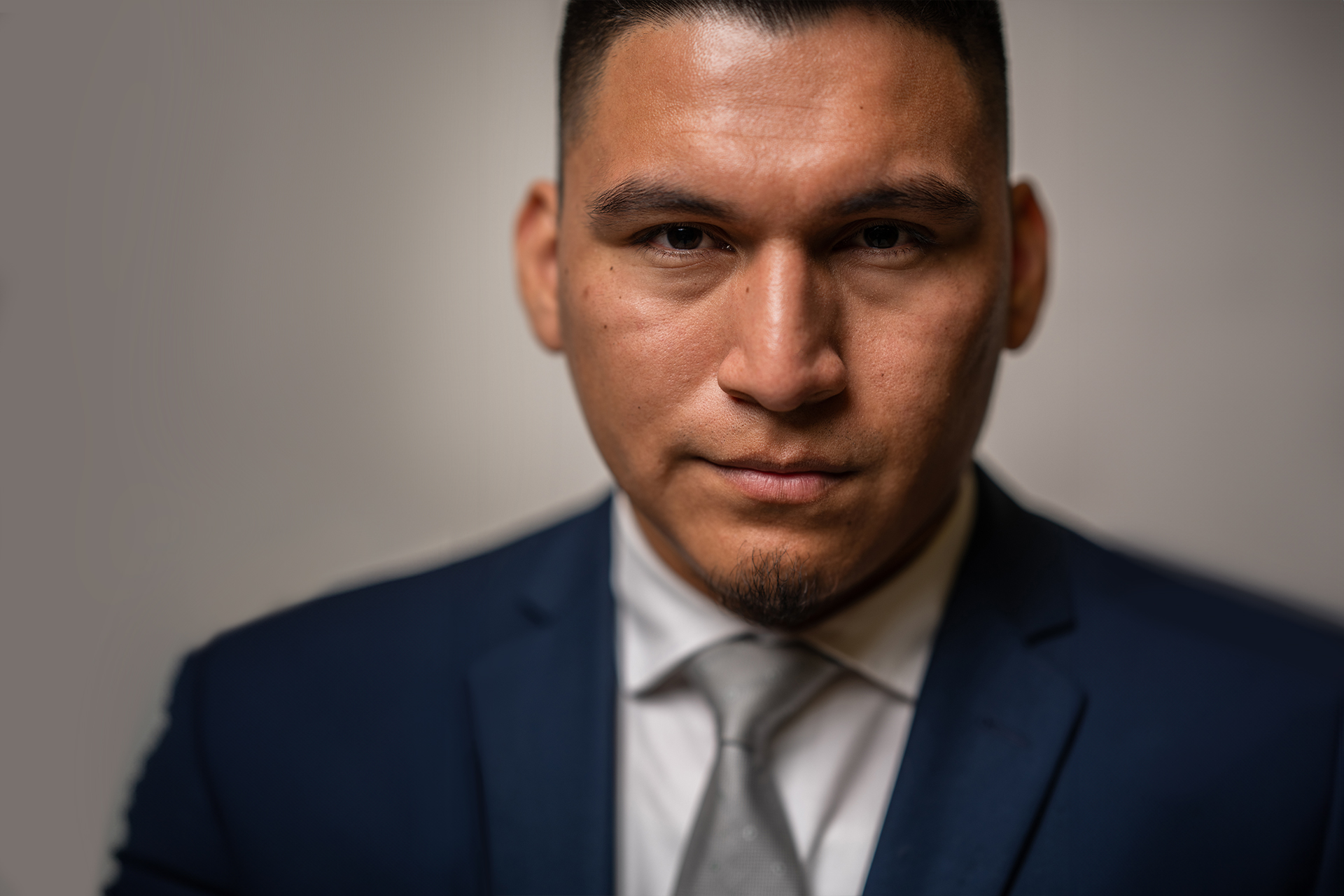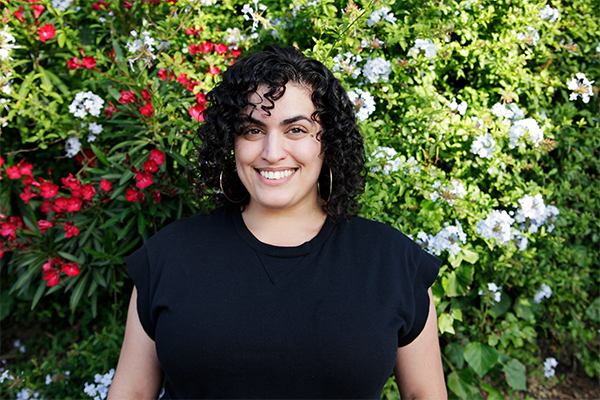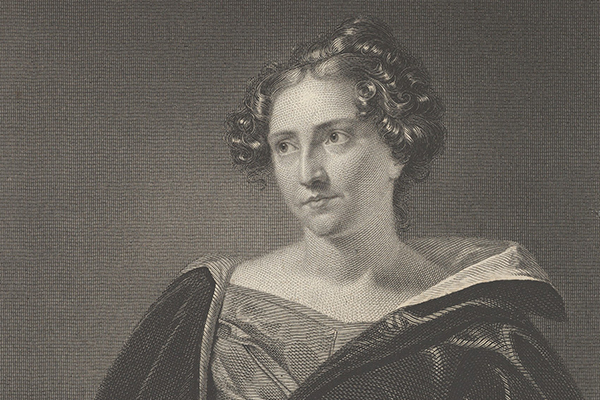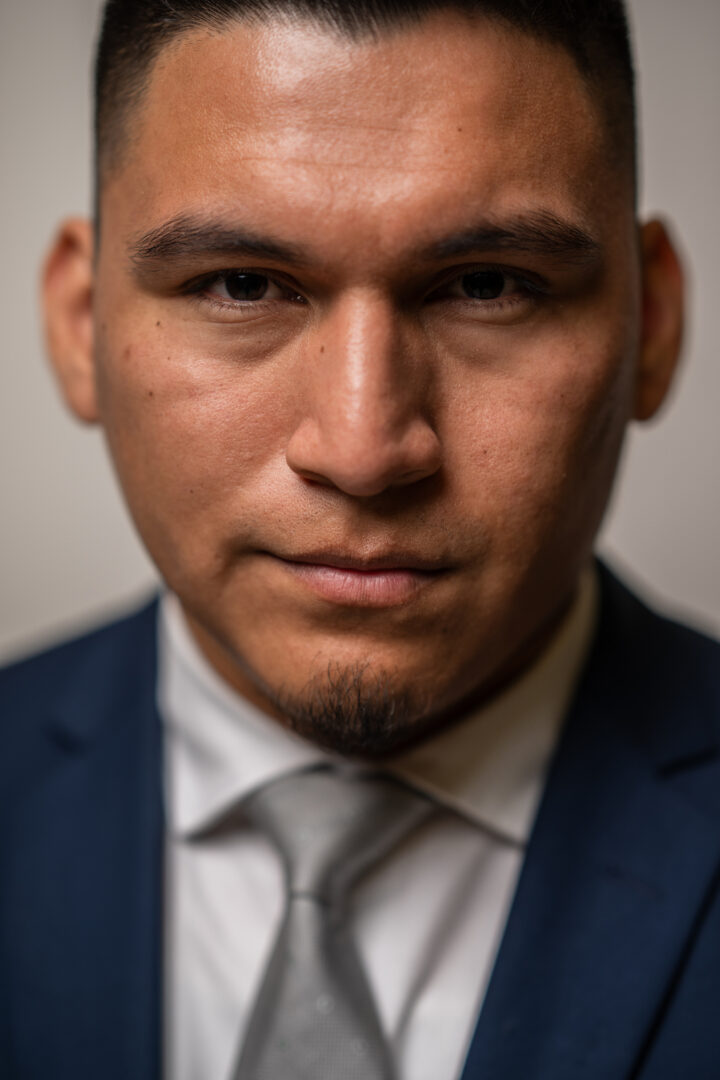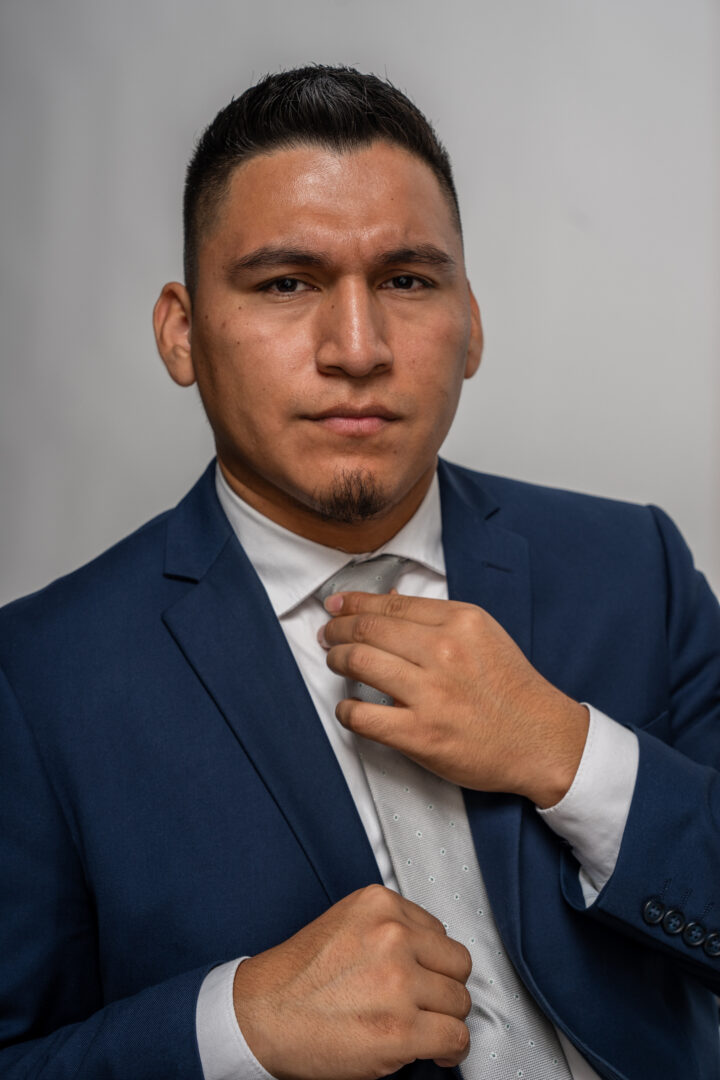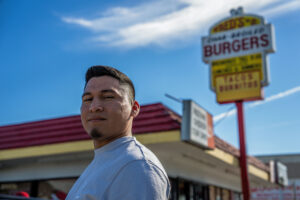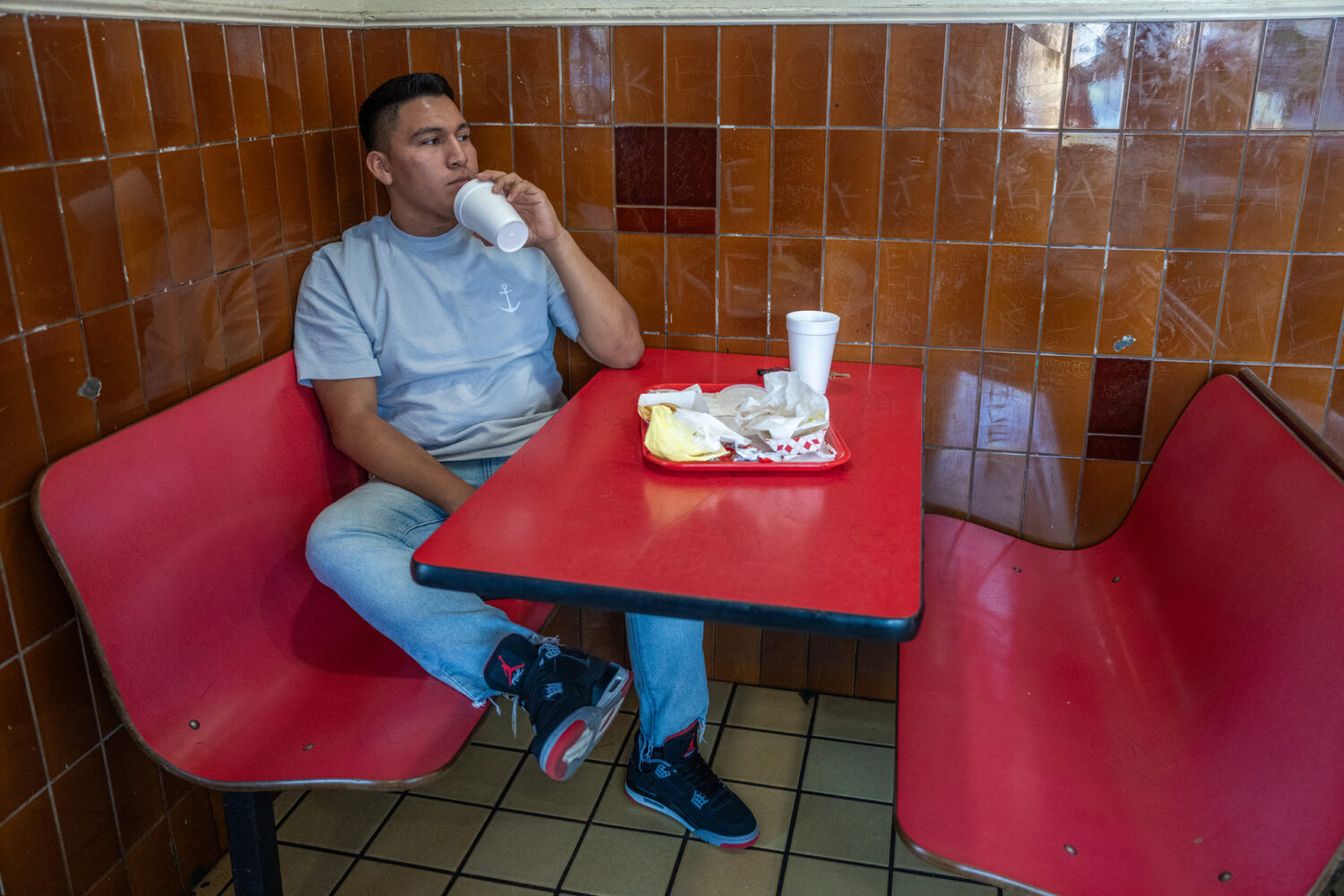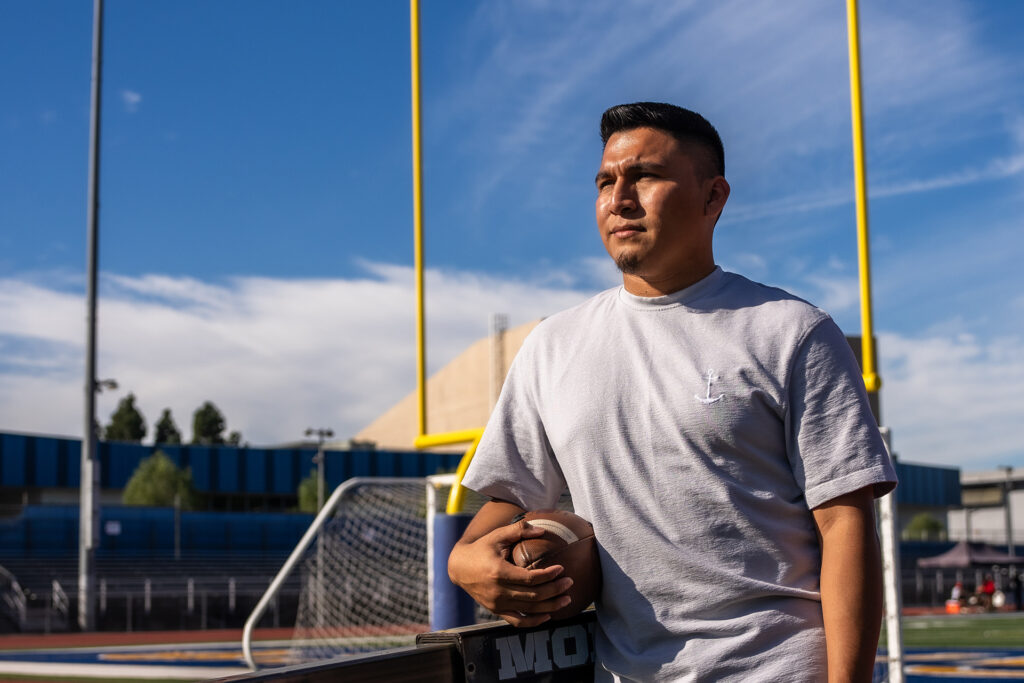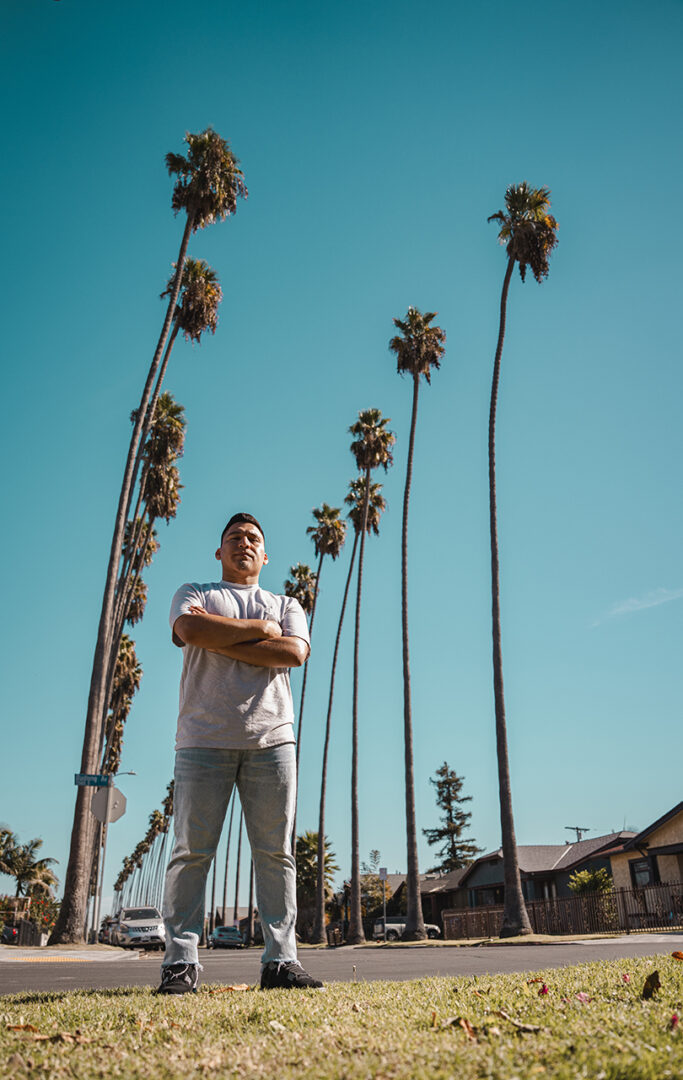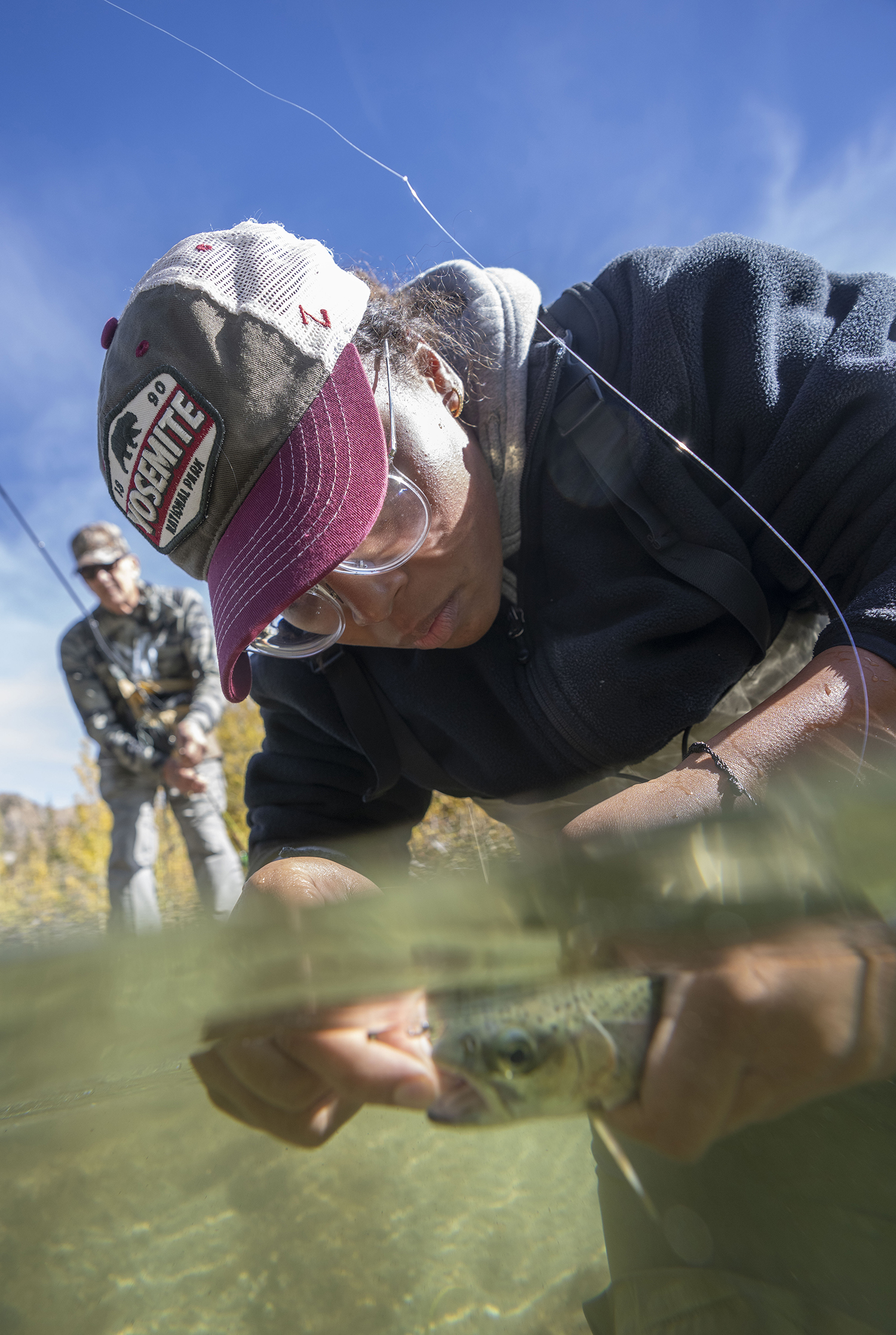Night Shift
For 23 years, Byron Hudson has supported student success by ensuring they learn in a safe and clean environment.
Byron Hudson has given 23 years of service to California State University, Dominguez Hills, working until quite recently as a custodian on the third shift—a vital contingent of the campus community that often gets overlooked and taken for granted.
Custodial Services gave Hudson a long-deserved promotion to assistant manager this past spring, Until that time, he cleaned, swept, mopped, and through the COVID-19 pandemic, completely sanitized about 25,000 to 35,000 square feet of campus each night.
Hudson has also raised two daughters with LeShawn, his wife of 30 years. They have a home in nearby Compton, and they travel the world when they can—Hawaii, St. Martin’s, and Jamaica are among their favorite destinations. Byron also serves as a pastor at his church and umpires local little league baseball games when his schedule permits.
As a manager, Hudson works tirelessly to ensure that his custodial crew embodies the same values and work ethic he brought to the job for so many years. He’s also helped Danny Morphin, the manager of Custodial Services, create a new strategic plan for the department to increase efficiency and improve conditions for the staff. Something that past CSUDH president and current CSU Chancellor Mildred Garcia said years back has stuck with him, says Hudson. “She reminded us that we’re all educators no matter what role we play on campus. We’re all educators because we’re all a part of the learning environment, and our top priority is our students.”

